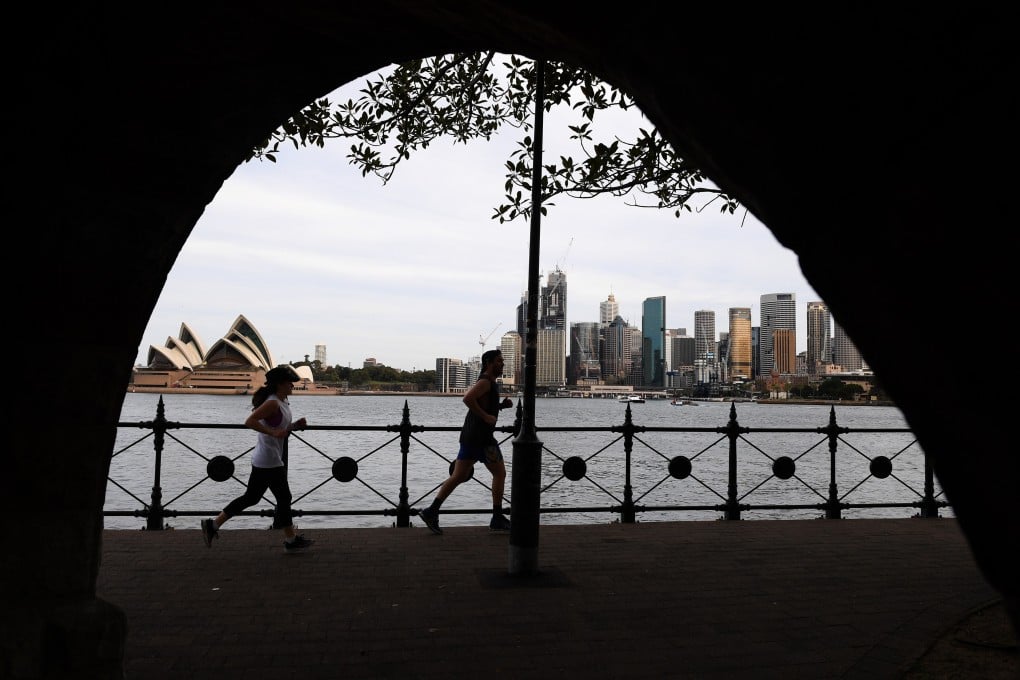Link Reit eyes more property in Australia, entry into Japan and Singapore, as it seeks to diversify from Hong Kong
- Rising interest rates create more potential investment opportunities across the region for Asia’s largest real estate trust, COO says
- The trust is pursuing greater international diversification as the Hong Kong and mainland China markets continue to struggle under Covid-19 restrictions

“We are always active in looking for opportunities, but we are very selective about the opportunities we do complete,” said Greg Chubb, Link Reit’s chief operating officer, international.
“The new geographies in the region that we’re investigating are Australia, Singapore and Japan. We recently opened our regional office in Sydney and we’re looking at a number of different opportunities across the region. We have been very consistent in stating our interest in those markets, and we hope to grow in Australia, and potentially Singapore, potentially Japan.”

Except for Japan and the mainland, all of the trust’s markets and potential markets have seen rising interest rates, which can create opportunities for investors who are looking to acquire assets from those who may want to exit or dispose of investments.